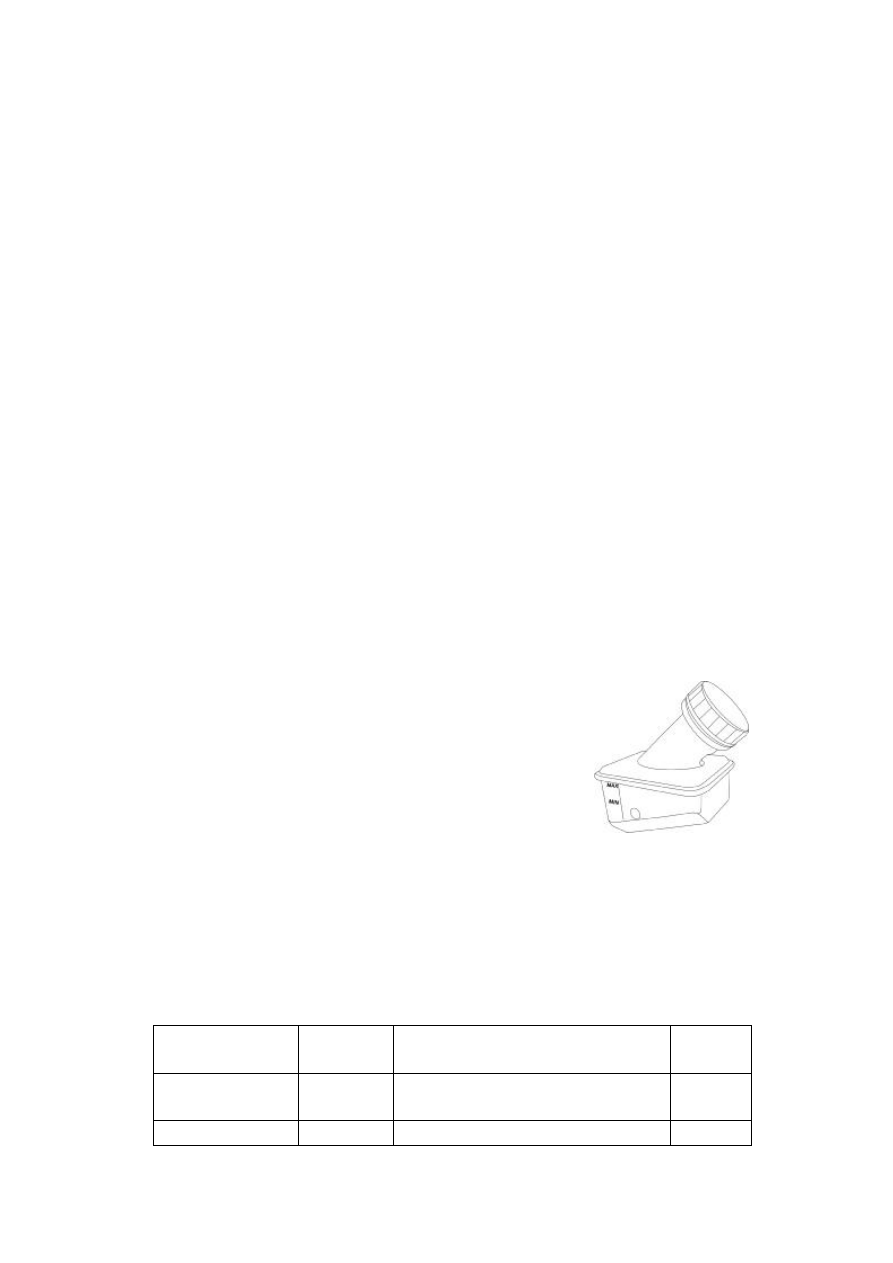Chery QQ6 (S21) / S12LHD. Manual - part 70

with brake master cylinder.
18.2. Disc brake
18.2.1. Thickness of brake disc
The standard thickness of front brake disc (ventilation disc) shall be 17 mm with the
serviceability limit of 15 mm; and if above the limit, the front brake disc shall be replaced.
18.2.2. Thickness of brake lining
The standard thickness of front brake lining shall be 10 mm, with the serviceability limit of 3
mm, and the remaining thickness while the brake lining thickness limit shall not be less than
3mm.
The standard thickness of rear brake lining shall be 5 mm, with the serviceability limit of 1 mm,
and the remaining thickness while the brake lining thickness limit shall not be less than 1 mm.
18.3. Brake disc runout check
Check the brake disc face runout with a dial gauge. The serviceability of front brake disc shall be
0.03 mm. If above the limit, replace it.
IMPORTANT NOTICE:
After the completion of replacement of friction lining or brake disc, step on the brake several times
to enable the brake lining to run-in with the brake disc. Caution the safety!
After the replacement of brake lining, check whether the brake fluid level is between MIN and
MAX marks.
18.4. Brake fluid check and replacement
The brake fluid reservoir is located at the right rear portion of engine
compartment. The fluid level must be between the MIN and MAX
marks at the side of the fluid reservoir. If the fluid level falls down to
the MIN mark, the brake fluid level warning light will light. In this
case, please refill the brake fluid conforming to the CHERY’s
specification, and check the leakage of this system.
In case that the brake fluid is refilled, make certain that it is absolutely
clean.
19. Check and Maintenance of Vehicle Bottom
19.1. Bolt torque check
Check the torque of chassis bolts one-by-one with a torque wrench. The reference torques
are as shown in the table below:
Part Description
QTY per
singlel vehicle
Remark
Torque
(Nm)
Bolt
2
Used to secure the steering wheel and
subframe (right)
100±10
Bolt
2
Used to secure the steering wheel and
100±10